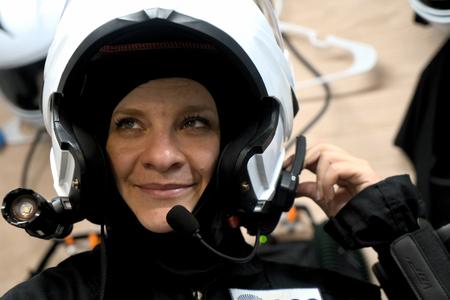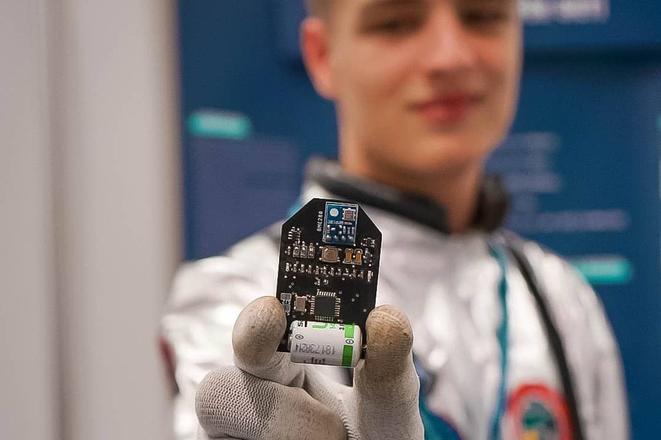It is an awesome feeling that something you have constructed is successfully cruising around the planet, says the 15-year-old researcher who wants to popularise aerospace research in Slovakia.
TSS: What is a picoballoon and how does it work?
Jakub Nagy (JN): Picoballoon is an ultralight stratospheric probe. It’s a tiny electronic device which integrates a microcomputer, sensors, a GPS unit and a transmitter. All of it weighs just around 15 grams. The probe transmits meteorological and scientific measurements during its flight. My flights lasted for more than a week and my probes ended their journey in Iran, the republic of Dagestan, Cyprus and Belarus. It’s possible to carry out much longer flights and even ones around the whole planet. I’m now developing much smaller probes, lighter than 5 grams, which would be capable of this. I’m cooperating on this project with the Slovak Organisation for Space Activities, as well as other sponsors.
TSS: Why have you chosen to focus on a picoballoon of all things?
JN: At the beginning, it was just a simple challenge. It’s extremely complicated to construct a device so small yet so durable and powerful. But later on, this project helped me popularise SOSA and science in general. Now I’m trying to take things one step further and arrange cooperation with universities and other research institutions. Also, it is an awesome feeling that something you have constructed is successfully cruising across the planet. I’m also thinking about selling a kit for electronics enthusiasts like me, to be able to construct and fly their own picoballoons.

TSS: You are way younger than most of your collaborators. How does that affect your relationship with them?
JN: Everyone is really nice to me and many professionals help me with problems, which I’m very grateful for. Sometimes, I even feel positively discriminated due to my age. Because, let’s be real, it sounds different when a middle-aged scientist with a PhD accomplishes something and when basically just a child accomplishes a similar thing.

 (source: Courtesy of Jakub Nagy)
(source: Courtesy of Jakub Nagy)